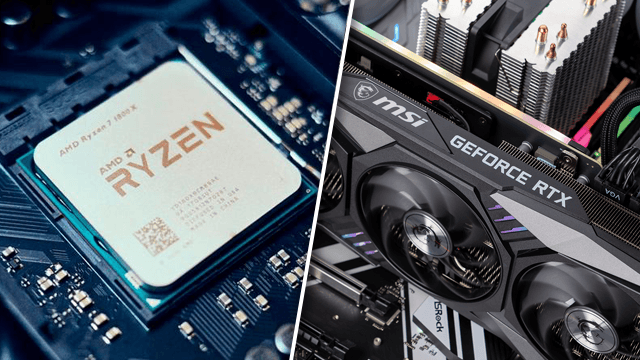As PC gaming becomes more and more popular, people are having to learn about the technology inside them to ensure they’re getting the computer they want. Figuring out what the difference between a CPU and GPU is might seem basic to gaming enthusiasts. Still, those new to the scene won’t know what they are or what functions they perform. However, those that are…

Atlas is an action-rpg with rogue-like elements where you use your ability to control the ground to fight the enemies and move through procedurally generated worlds.










